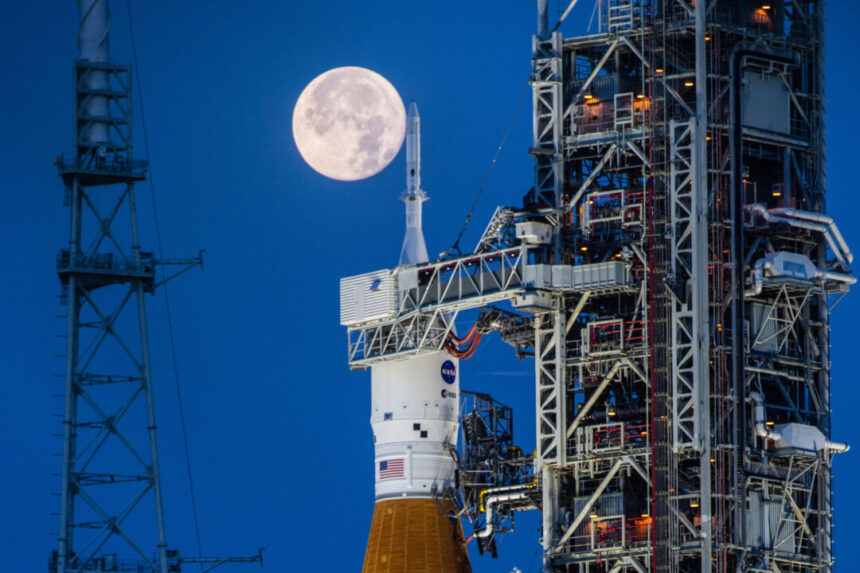
Russia and communist China have not signed the Artemis Accords. The United States is the only signatory with the capability for human spaceflight.
Established in 2020, the accords are linked to NASA’s Artemis Program and aim to “establish a political understanding regarding mutually beneficial practices for the future exploration and use of outer space, with a focus on activities conducted in support of the Artemis Program,” according to the administration.
As NASA and its partners make progress towards sending astronauts to the Moon, here are some key points about this expanding international agreement.
Out of the 51 nations that have signed the accords, the United States is the only one equipped to send humans beyond the atmosphere.
The European Space Agency (ESA) has chosen not to develop its own manned vehicles and instead opts to purchase seats on American or Russian vehicles. The Indian Space Research Organisation (IRSO) plans to launch its first manned mission into orbit, named the Gaganyaan Project, by 2025.
Several countries including Japan, South Korea, Israel, and New Zealand have operational spaceports. The ESA’s launch complex is located in French Guyana.
Various space agencies are collaborating on the hardware for the Artemis missions.
For example, the ESA is constructing the service module for the Orion space capsule that will transport Artemis astronauts to the Moon. The Japanese Aerospace Exploration Agency (JAXA) is designing a new lunar rover, and plans for building the Gateway space station in Lunar orbit involve the ESA and the United Arab Emirates.
Despite the collaboration, Artemis astronauts will primarily use American equipment.
They will be launched on Boeing rockets, make the translunar crossing in a human-rated capsule made by Lockheed Martin, and land on the lunar surface using either a SpaceX or BlueOrigin lander.
Manned orbital travel among the signatory nations will be facilitated by American spacecraft such as the SpaceX Crew Dragon capsules.
According to NASA, only 15 of the 51 signatory nations have sent an astronaut to the International Space Station, and the list includes countries with little to no experience in spaceflight like Armenia, Angola, and the Dominican Republic.
Article II of the Outer Space Treaty states that outer space, including the Moon, is not subject to national appropriation. It emphasizes that space exploration should benefit all countries regardless of economic or scientific development.
The Artemis Accords are based on several other treaties and agreements to promote mutual cooperation in space.
These include agreements on astronaut rescue, liability for space objects, and the preservation of historic landing sites.
While the Soviet Union and the United States ratified the Outer Space Treaty in 1967, neither Russia nor communist China have signed the Artemis Accords.
The United States has a history of cooperation with Russia in outer-space activities, while the Chinese Communist Party aims to land on the Moon by 2030 and establish its own base of operations.
NASA Administrator Bill Nelson expressed concerns about China’s intentions and emphasized the importance of the United States reaching the Moon first.
The Artemis Accords are voluntary and do not restrict nations from engaging in cooperative space activities with non-signatory countries.





